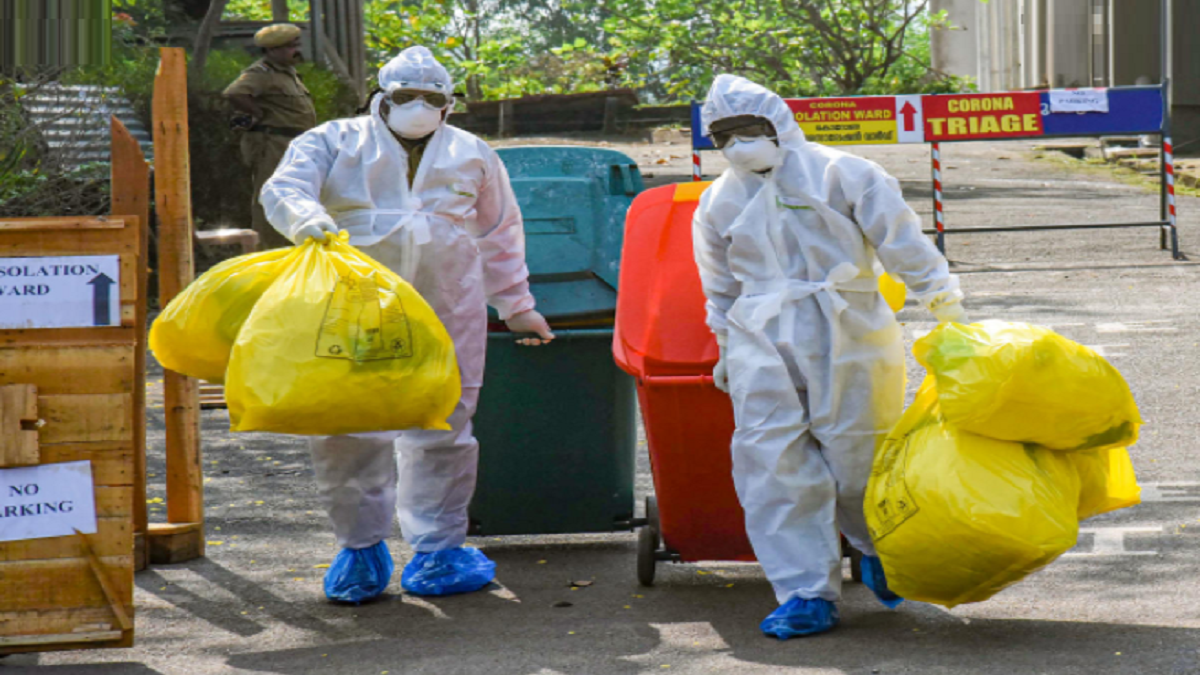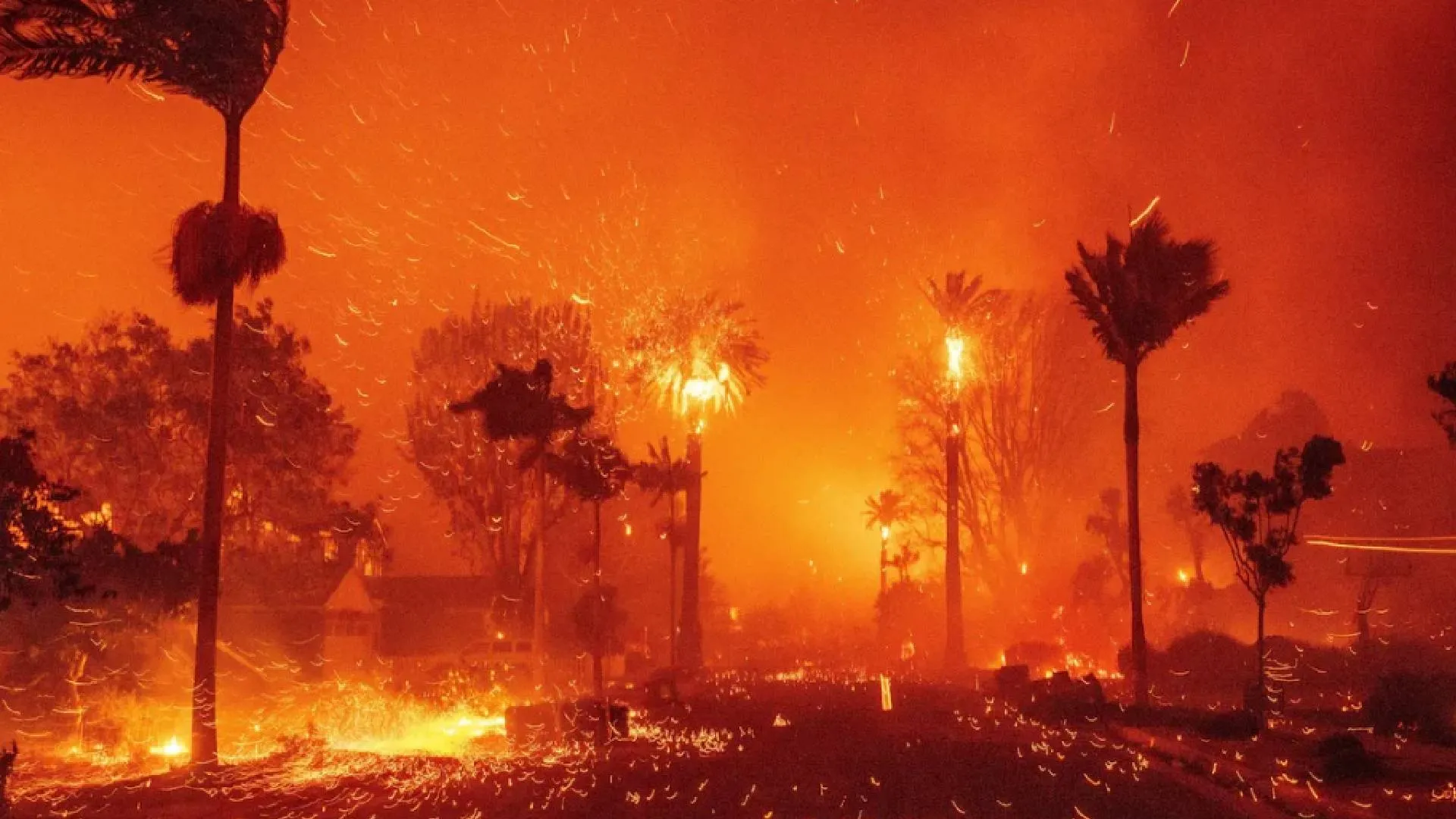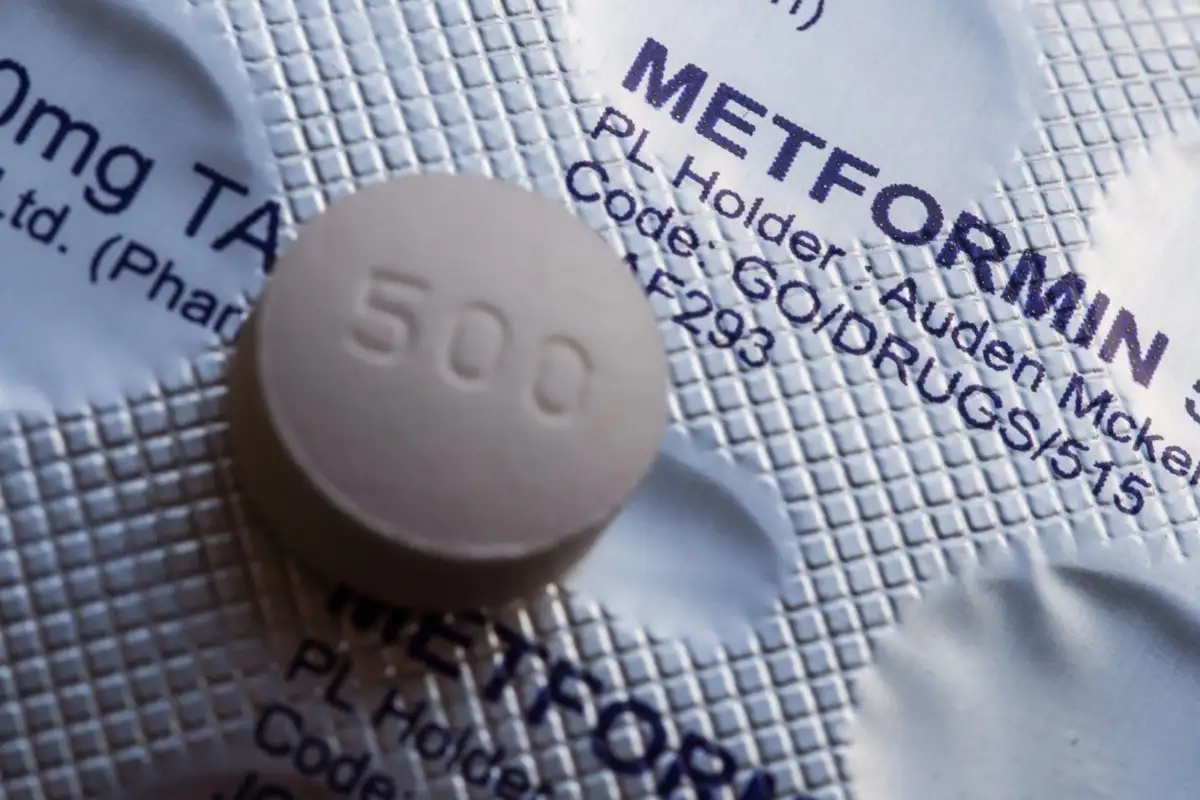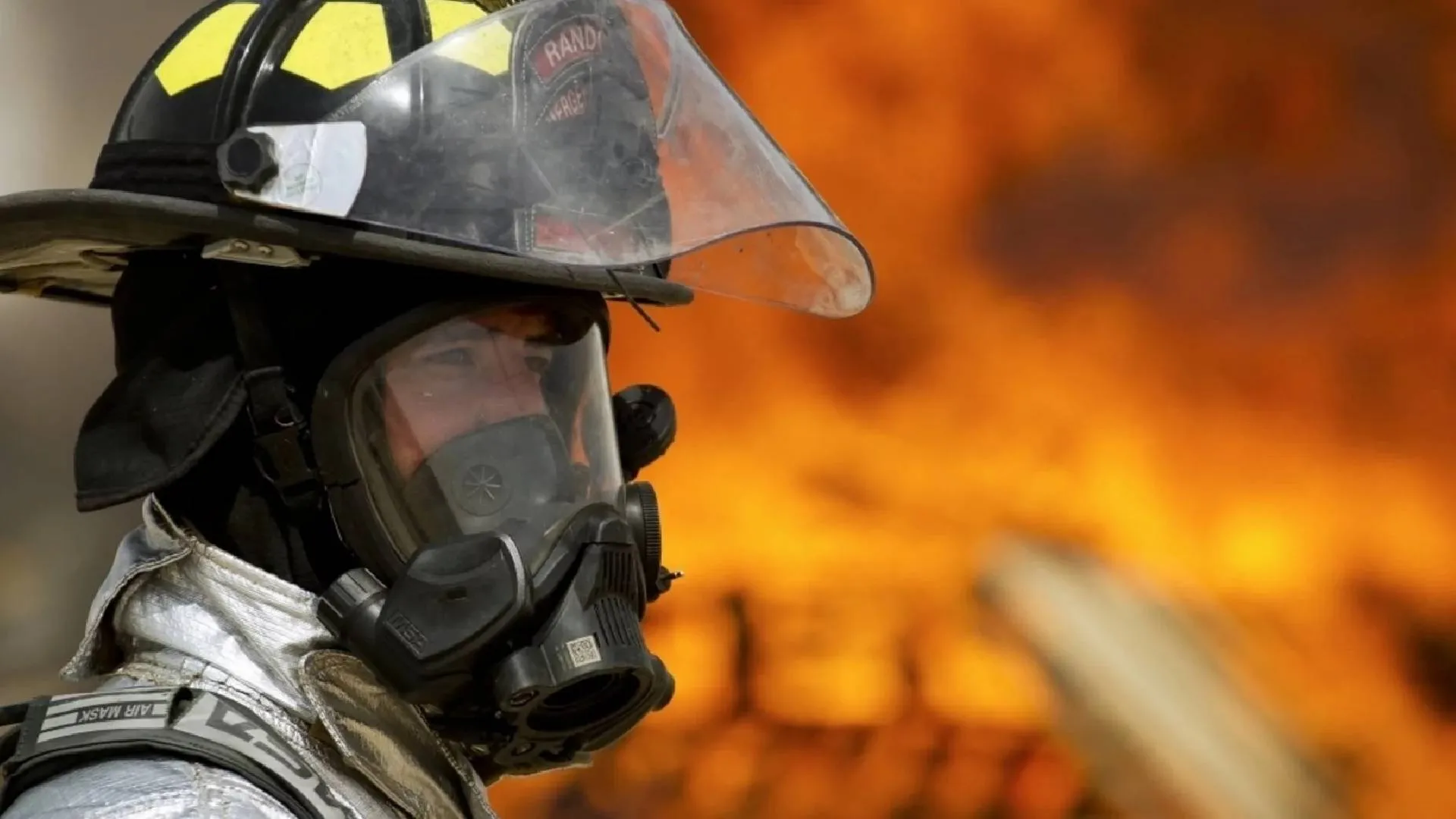India has already been unable to treat the 600 tonnes of biomedical waste generated every day. Now with the COVID-19 closing its grip on the nation, India has recorded 4.1 million cases amounting to the 2nd highest number of COVID-19 cases in the world. The news of ill-handling of the insurmountable biomedical waste is a daily affair, as heaps of biomedical waste keep piling up all over the country as the disposal facilities hit their saturation levels.
COVID-19 that was detected in the Wuhan City of China in December last year, has now unfortunately transformed into a global pandemic claiming more than 8 lakh lives across the world till date. No vaccine or medicine has still been invented for taming the deadly virus. The COVID-19 outbreak, inadvertently touching every notion of human existence, has posed serious challenges in every domain, and the environment is no exception. The unavoidable and exponential use of Personal Protection Equipment like the surgical masks, gloves and other medical equipment such as syringes, razor blades, IVs, aprons etc. generates hazardous waste, raising worrisome concerns over its proper segregation and disposal. Prior to the COVID-19 crisis, India merely had the infrastructure for disposing of only 70% of the common biomedical waste, and now with the current crisis, the problem has manifested at a whole new level.
In Maitree Sansad vs State Of Orissa And Ors. 2006, the Court while discussing the issue of biomedical waste, observed that:
“The health hazards due to improper waste management can not only affect the occupants in institutions, but also spread in the vicinity of the institutions. Occupational health concerns exist for janitorial and laundry workers, nurses, emergency medical personnel, and refuse workers. Injuries from sharps and exposure to harmful chemical waste and radioactive waste also cause health hazards to employees in institutions generating bio-medical waste. The problem of occupational health hazards due to bio-medical waste is ‘not publicized as there is lack of information.”
It is of utmost importance to understand the ambit of biomedical waste (“BMW”), the domestic laws regulating it, and to do our bit to avoid any further environmental degradation crisis following COVID-19 Outbreak in India. After all, well-informed citizens can always prove to be an asset to the nation in these turbulent times.
WHAT IS BIOMEDICAL WASTE?
Biomedical waste is defined as any waste, which is generated during the diagnosis, treatment or immunisation of human beings or animals, or in research activities pertaining thereto, or in the production or testing of biologicals. It follows the cradle to grave approach which is characterization, quantification, segregation, storage, transport, and treatment of BMW. BMW treatment and disposal facility means any facility wherein treatment, disposal of BMW or processes incidental to such treatment and disposal is carried out.
LEGISLATIONS REGULATING BMW DISPOSAL IN INDIA
Bio-Medical Waste Management Rules, 2016.
Proper handling and disposal of BMW was made a statutory requirement in 1998 by the Central Government. The Bio-Medical Waste Management Rules, 1998 rules were modified in 2000, 2003, 2011 and 2016 to bring about more stringent laws and curbing the environment related concerns. Rule 7 of Bio-Medical Waste Management Rules, 2016 provides guidelines with respect to transportation and disposal of a bio-medical waste. Submission of an annual report by every occupier or operator of a common bio-medical waste treatment facility has been made mandatory under Rule 13(1) of Bio-Medical Waste Management Rules, 2016.
CBFC Revised Guidelines for Common Bio-medical Waste Treatment and Disposal Facilities, 2016
In December 2016, CBFC issued guidelines for establishment of Common Bio-medical Waste Treatment and Disposal Facility (CBWTF) to ensure proper implementation of Bio-Medical Waste Management Rules, 2016. A newer waste treatment facilities such as plasma pyrolysis, encapsulation and inertisation have been introduced, apart from the older facilities such as incineration which are harmful to health and environment. It is now mandatory for every healthcare facility to obtain authorization from the prescribed authority.
S.No. 12 of the CBFC Revised Guidelines for Common Biomedical Waste Treatment and Disposal Facilities provides guidelines with respect to collection and transportation of a Bio-Medical Waste. S.No 13 of the CBFC Revised Guidelines for Common Biomedical Waste Treatment and Disposal Facilities provides guidelines with respect to disposal of a Bio-Medical Waste.
REVISED GUIDELINES UNDER BMW MANAGEMENT RULES, 2016, IN RESPONSE TO COVID -19
The Central Government recently revised the Biomedical Waste Management Rules, 2016 for the third time in an effort to bring more stringent laws for the disposal of the Bio-medical waste. This revised guidelines issued on 21 July, 2020 provide that there should be segregation of general solid waste and biomedical waste from quarantine centers/ home-care/healthcare facilities treating COVID-19 patients and recommend on disposal of PPEs. These revised guidelines have been summarised below:
Revised Guidelines for COVID-19 isolation wards:
Temporary Healthcare Facilities like rail coach wards, COVID Care Centers etc. have now been included in the COVID-19 isolation wards and have to follow the strict guidelines for biomedical waste disposal generated during the treatment.
General solid waste comprises wrappers of medicines/syringes, fruit peel offs, empty juice bottles or tetra packs, used water bottles, discarded papers, carton boxes of medicines, empty bottles of disinfectants, left-over food, disposable food plates etc., should be collected separately as per Solid Waste Management Rules, 2016.
The wet and dry solid waste bags should be tied securely in leak-proof bags, sprayed with sodium hypochlorite solution and handed over to authorized waste collectors of ULB’s on a daily basis. Yellow colored bags should not be used for collecting general solid waste.
Used masks, tissues and toiletries of COVID-19 patients are to be regarded as biomedical waste and should be segregated in yellow bags.
Segregation of biomedical waste and general solid waste should be done at the point of generation in wards/isolation rooms. There should be no segregation of biomedical waste and solid waste at temporary waste collection/storage areas of Healthcare Facility to ensure occupational safety.
Responsibilities of persons operating Quarantine Centres / Camps / Home Quarantine / Home-care facilities:
General Solid waste by the suspected quarantined persons should be collected in bags, securely tied and handed-over to municipal solid waste collectors identified by Urban Local Bodies for final disposal.
Only the used masks, gloves and tissues or swabs contaminated with blood/ body fluids of COVID-19 patients, including used syringes, medicines, etc., if any generated should be treated as biomedical waste.
Masks and gloves used by persons other than COVID-19 patients should be kept in a paper bag for a minimum of 72 hours prior to disposal of the same as general waste after cutting the same to prevent reuse.
Duties of Urban Local Bodies
ULBs should ensure that general solid waste and biomedical waste generated from quarantine camps/ quarantine homes / Home Care is not mixed.
Waste collectors arriving at quarantine centers or at home care may spray the disinfectant (1% sodium hypochlorite solution) on the solid waste bags and the bin used for yellow bags.
General solid waste may be disposed as per SWM Rules, 2016, which may include disposal in landfills, waste to energy plants, depending on available infrastructure. Access to landfills sites should be strictly restricted.
Disposal of used PPEs
Discarded PPEs from the general public at commercial establishments, shopping malls, institutions, offices,etc. should be stored in a separate bin for 3 days, thereafter disposed of as dry general solid waste after cutting/shredding.
At Material Recovery Facilities (MRFs), discarded PPEs containing plastic should be shredded and sent to SPCB authorised plastic waste recyclers, or may be converted into refuse derived fuel (RDF) for co-processing or energy recovery (in Waste to Energy Plants) or for road making.
PPEs used by healthcare workers accompanying diseased body of COVID-19 patient to crematorium/ graveyard should be treated as biomedical waste and disposed as per provisions under SWM Rules, 2016 and BMW Management Rules, 2016.
Used masks from visitors to crematorium/graveyard including crematorium staff should be collected in separate bins and stored for 72 hours prior to disposal as dry general solid waste through local bodies.
CURRENT CHALLENGES
Inadequate infrastructure
As the COVID-19 cases continue to sore, the present 198 Common Bio-Medical Waste Treatment Facilities (CBMWTFs) and 225 captive incinerators in India are nowhere near to handling the ever-increasing biomedical waste generated on a dayto-day basis. The country’s infrastructure which was already insufficient preCOVID has now crippled under the exponential BMW generated during COVID-19. The Environment Pollution (Prevention and Control) Authority recently submitted a report to the Supreme Court of India showing that the BMW had risen from 25 tonnes/day in May to 349 Tonnes/day in July. Similar condition has been seen in Mumbai where BMW generated has essentially doubled from June-August.
Safety Concerns of Sanitation Workers – The five million sanitation workers in India forming the frontline warriors perform invaluable duties of cleaning the streets, collecting and disposing garbage, emptying septic tanks as well as handling biohazards. Almost all the sanitation workers reside in informal settlements with high population density. Hence, the risk of spread of the deadly virus becomes multifold.
The advisory titled Safe Management of Water Supply and Sanitation Services during COVID-19 crisis, April 2020 released by MoHUA based on international guidelines has proven to be ineffective as it misses the local context. No PPE, rubber gloves, reusable mask, gumboots, or safety jacket have been provided uniformly to the sanitation workers who are shockingly forced to perform their duties without adequate gear.
Environmental pollution
When the biomedical waste is not properly segregated from the originating points, it causes a domino-like effect on the environment which proves dangerous to human beings, animals, as well as soil and water sources.
Improper segregation and disposal of biomedical waste can lead to the contamination of groundwater sources which then consumed by humans and animals can cause serious infections. Improper on-site or off-site incineration leads to environmental hazards associated with the contamination of air through dangerous airborne particles. Air pollutants which get disseminated over huge areas of inhabited land have the potential to trigger a number of illnesses.
Plights of the ‘invisible Indians’ – A recent study published in the New England Journal of Medicine has indicated that the virus stays on cardboard for about 24 hours and on plastics and stainless steel for about 72 hours. An estimated ragpickers’ workforce of 1.5 to 4.0 million in our country performs waste collection, sorting and recycling. If not informed or their safety issues addressed, their health can be put at risk.
Read the conclusion on www. link4din.com/guardians-numeric-wisdom























